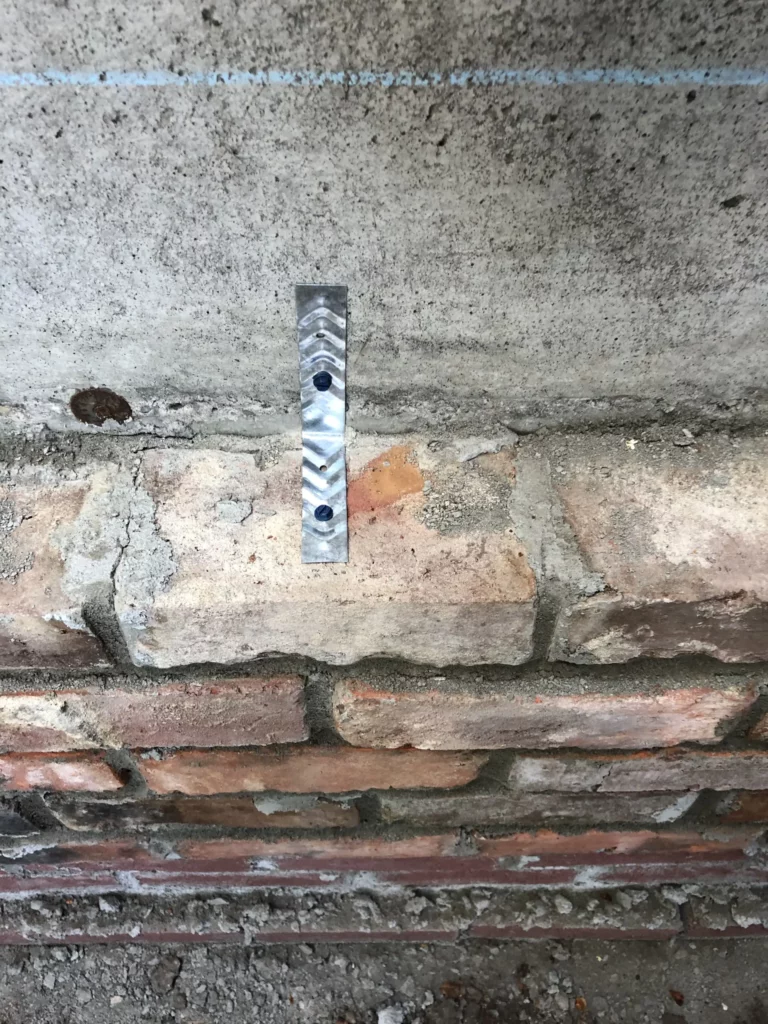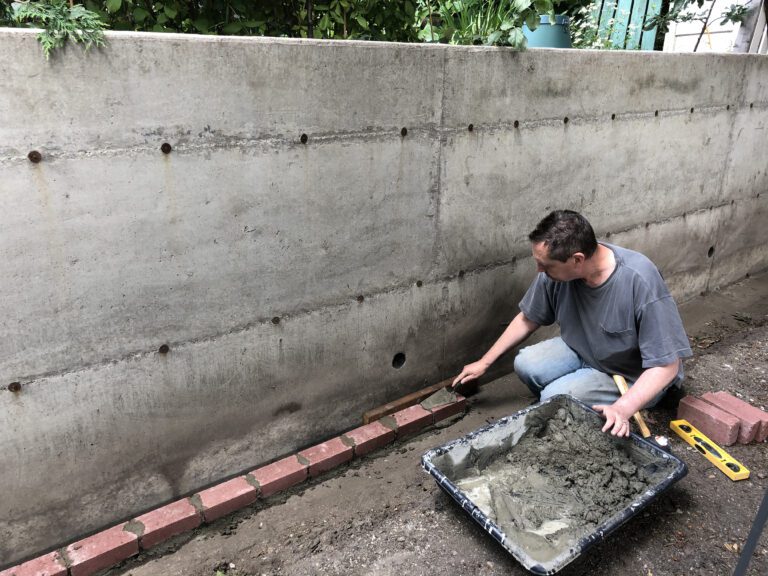Retaining Wall Weep Holes
Drainage Outlets
Retaining walls should be equipped with a crucial feature known as weep holes. These small openings play a pivotal role in the proper functioning and structural integrity of these constructions. Weep holes serve as essential drainage outlets, allowing the controlled release of excess water that may accumulate behind the wall or within the structure.
Weep Hole Covers in Brick Retaining Walls.
In addition to serving as a ventilator by enabling air to pass behind walls, weep holes in brick masonry help inhibit the formation of mold, dry rot, and moisture, all of which reduce a structure’s lifespan and functionality. Weep holes are frequently found in the external masonry of cavity walls. Pests such as insects and mice can enter through weep holes. A baffled vent installation can address this problem. When I constructed the wall, I used a stainless steel weep hole cover.
Other Applications
Weep holes are also seen above windows and doors in cavity walls. They are provided on a regular basis to let moisture out. The distance between weep holes should be roughly eighteen inches. In engineering, weep holes are used to relieve hydrostatic pressure, also known as water pressure, on walls. As a result, the structural design need for the water and earth pressure is reduced, as are the thickness and reinforcing requirements. Weep holes also reduce buoyancy and uplift in the structure, allowing lighter structures to be built without uplift-related stability issues.


